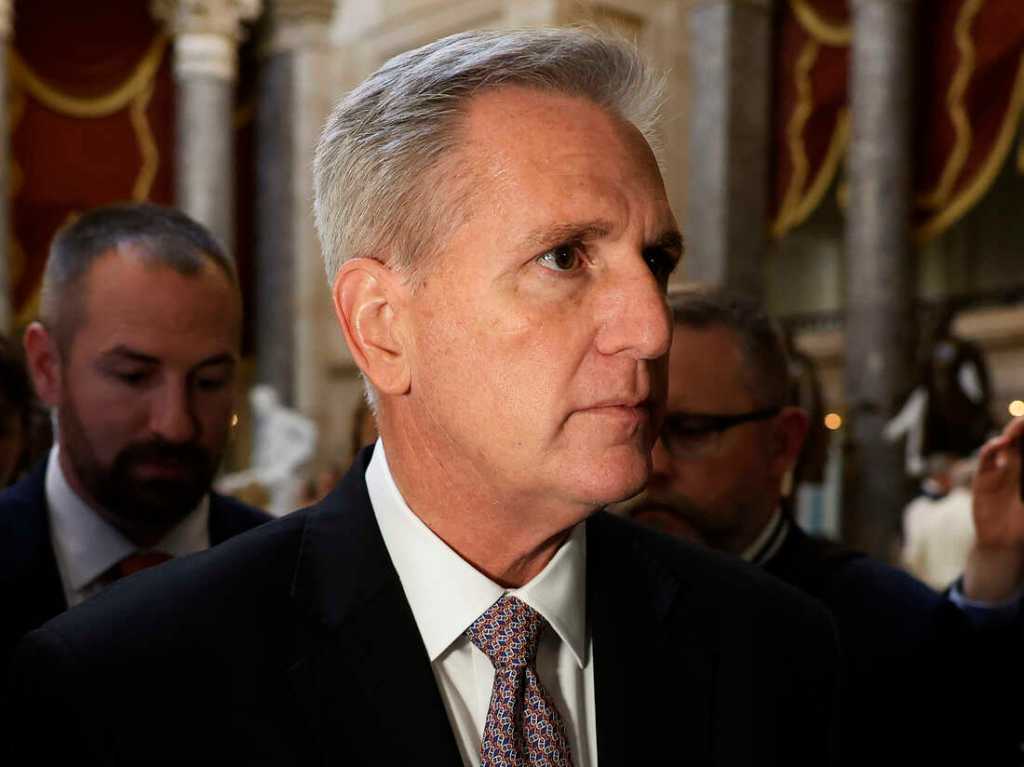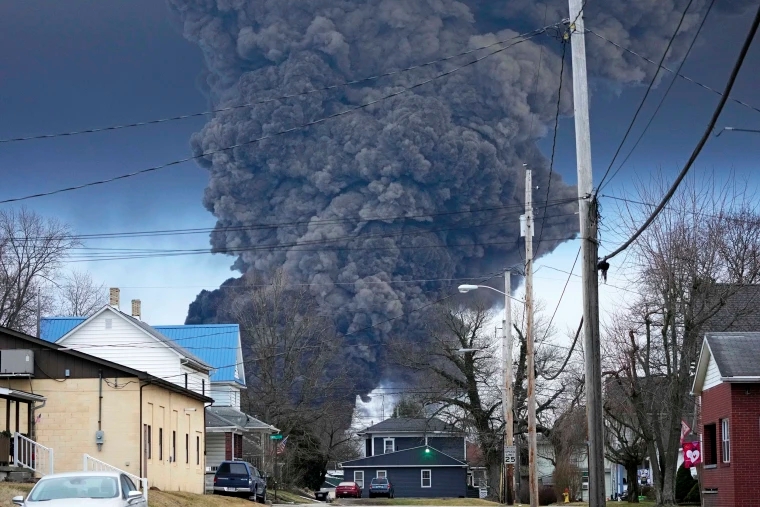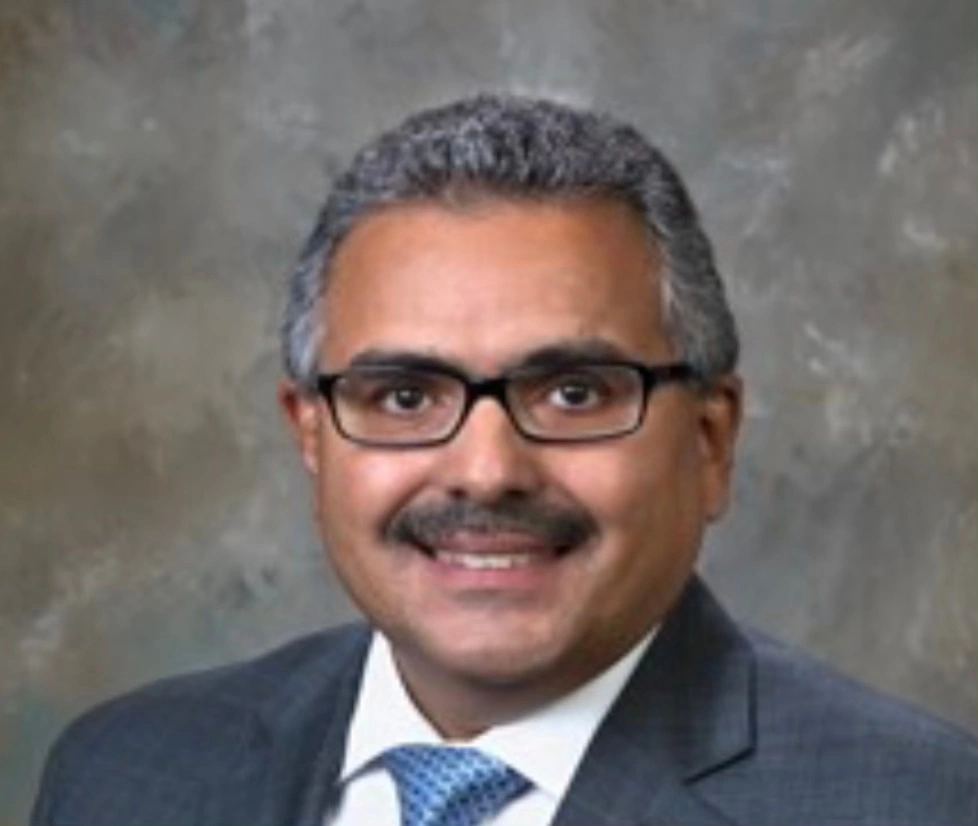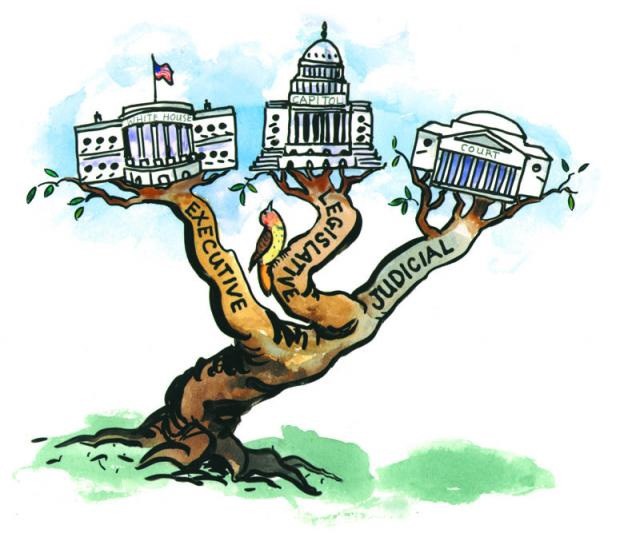October 28th, 2021 | Yuwen Wang
Edited by Avnika Dubey
Religious freedom, enshrined in the First Amendment’s Free Exercise Clause, must be reconciled with other liberties and protections guaranteed by the government when there is a conflict between the two. In November 2020, the U.S. Supreme Court heard oral arguments for Fulton v. City of Philadelphia, a case that could grant religious exemptions to general, anti-discrimination laws that protect LGBTQ+ communities. This article will first introduce the background facts of Fulton and the legal issues it presents. It will then examine Roberts Court’s collective attitude towards religious freedom through past decisions such as Espinoza v. Montana Department of Revenue and Our Lady of Guadalupe School v. Morrissey-Berru & St. James School v. Biel. This context, as well as other relevant legal precedents, will frame further discussion and analysis for the Court’s pending decision on Fulton v. City of Philadelphia.
In 2018, City of Philadelpha terminated its contract with Catholic Social Services (CSS) due to its policy of not certifying same-sex couples to be foster parents, which allegedly violated Philadelphia’s Fair Practice Ordinance (FPO). Consequently, several foster parents and (CSS) challenged the city policy on the grounds that it has a right to free exercise of religion and speech. In Fulton, the Court will determine if the City of Philadelphia’s policy of halting foster children referrals to CSS for placement on account of CSS’s refusal to certify same-sex couples as foster parents is unconstitutional. The three legal issues presented by the case are: 1) whether free exercise plaintiffs can only succeed by proving a particular type of discrimination claim — namely that the government would allow the same conduct by someone who held different religious views — or whether courts must consider other evidence that a law is not neutral and generally applicable; 2) whether Employment Division v. Smith (1990) should be revisited; and 3) whether the government violated the First Amendment by conditioning a religious agency’s ability to participate in the foster care system on taking actions and making statements that directly contradict the agency’s religious beliefs.
A blockbuster debate could be decided by this case: how to reconcile generally applicable laws with the Free Exercise Clause. In Fulton, the Court could reconsider its ruling in the current Free Exercise precedent, Employment Division v. Smith (1990), which established that the Constitution does not grant religious exemptions from a “neutral, generally applicable law.” This precedent means that qualifying laws on the state or local level do not have to pass strict scrutiny review — a standard under which the government must prove that the law in question advances “interests of the highest order,” and that the action is “narrowly tailored in pursuit of those interests” — to be ruled constitutional. If the Court overturns or qualifies its decision in Smith and rules in favor of CSS, Fulton could serve as a new legal precedent governing tensions between religious liberty and non-discrimination laws. The outcome could have dire implications for the LGBTQ community’s access to public services beyond the foster system.
Fulton presents a clash between religious liberties and individual freedoms to the Supreme Court, which has a track record of prioritizing religious liberties under Chief Justice John Roberts. During the 2019-2020 Supreme Court term, the Court delivered multiple victories to religious advocates. In the case Espinoza v. Montana Department of Revenue (2020), the Court grappled with the question of whether a Montana law that funds education generally while prohibiting the fund from being used for religious schools violates the Religion Clauses or the Equal Protection Clause. In a 5-4 decision for the petitioner, the Supreme Court ruled that the state law violates the Free Exercise Clause. The majority opinion asserts that Montana’s law must be subject to strict scrutiny review, as it provided public aid but excluded schools based on religion status; the Court deemed that Montana’s interest of separation of church and state to be insufficient to meet the requirement of “interest of the highest order” under strict scrutiny, and thereby unconstitutional. Through Espinoza, the Court applied a clear rule that serves as an exception to the precedent established in Smith by stating that “[w]hen otherwise eligible recipients are disqualified from a public benefit ‘solely because of their religious character,’ we must apply strict scrutiny.”
The Supreme Court ruled again in favor of religious liberty in the case of Lady of Guadalupe School v. Morrissey-Berru (2020), consolidated with St. James School v. Biel (2020). In the background of the case, Agnes Morrissey-Berru and Kristen Biel both filed complaints with the Equal Employment Opportunity Commission (EEOC) to claim that they had been unjustly terminated on the basis of age and breast cancer treatments, respectively. In a 7-2 decision, the Court ruled that the First Amendment prevents civil courts from adjudicating the employee discrimination claims due to the “ministerial exception,” which exempts religious institutions from anti-discrimination lawsuits in hiring employees considered to be ministers. The Court in Morrissey-Berru expanded upon the ministerial exception, first established in the 2012 case Hosanna-Tabor Evangelical Lutheran Church & School v. EEOC. Out of the four factors outlined by Hosanna-Tabor in determining ministerial status, the majority opinion in Morrissey-Berru found that the sole factor of job function was sufficient to qualify an employee as a minister. The Roberts Court consequently broadened the protections offered to religious institutions against anti-discrimination claims.
Although the legal questions in Espinoza and Morrissey-Berru are not materially analogous to that of Fulton, the attitude of the Roberts Court towards religious liberty can be gleaned from these two recent decisions. In the face of a clash between religious freedom and generally applicable laws, the Court has consistently sided with religion and expanded precedents of religious exemptions. It is also important to note that the aforementioned decisions from the 2019-2020 term took place before Justice Ruth Bader Ginsburg, a staunch defender of civil liberties, was replaced by Justice Amy Coney Barrett, known for her Catholic background and strong association with faith-based groups. This replacement does not only mean the addition of a conservative justice on the court, but also the displacement of Chief Justice John Roberts as the swing voter on religious issues. The new median voter in cases like Fulton is likely to be a justice to Chief Roberts’ ideological right, i.e., more conservative in matters of free exercise jurisprudence. Taking the Roberts Court’s track record jointly with its recent replacement of Justice Ginsburg, it is reasonable to conclude that the Court’s ideological makeup has shifted further in favor of religious protections.
A central issue in Fulton v. City of Philadelphia, as previously mentioned, is whether the Court should choose to overrule Employment Division v. Smith (1990) — the precedent currently guiding jurisprudence on issues of generally applicable laws that conflict with religious freedom. The decision in Smith that “the right of free exercise does not relieve an individual of the obligation to comply with a ‘valid and neutral law of general applicability’” has long been protested by religious advocates and proved to be controversial. This ruling precipitated the passage of the Religious Freedom Restoration Act (RFRA), which subjects federal actions that infringe the free exercise of religion to strict scrutiny — overriding Smith on the federal level. However, on the state and local level, Smith has been the standard for evaluating constitutionality; the judicial question for evaluating a free-exercise claim is often a debate of whether the law meets the standard of being general and neutrally applicable. CSS, the petitioner in Fulton, asks the Court to overrule Smith and “apply strict scrutiny to government actions infringing on religious exercise.”
The consequences of departing from Smith may have limited practical implications on the federal level, given that RFRA already requires strict scrutiny review of relevant laws. Yet on the state and local level, the repercussions of Smith for third parties such as LGBTQ+ individuals could be vast. Implicitly expressed in past decisions like Morrissey-Berru, the Court has become more amenable to waiving protections for third parties to uphold religious liberty. Fulton could become the first explicit decision that interprets the Free Exercise clause to authorize religious exemptions at the cost of placing harmful burdens onto third parties. Should Fulton replace Smith as the case governing religious exemptions to generally applicable laws, claims made by third parties harmed by these exemptions are likely to be dismissed and marginalized in the court system due to a lack of legal standing. Anti-discrimination and other laws ensuring equitable access to public services such as the foster system could be undermined, as the balance between individual rights and religious freedom is officially disrupted.
Despite the clear conservative swing of the Court, few justices appeared sympathetic towards overturning Smith during oral arguments. During oral arguments, Justice Alito was the only one who implied that Smith should be overruled through his questions and indication that Smith lacked “stability.” If the Court does not alter or overturn Smith, it is then asked to evaluate whether the law in question — Philadelphia’s Fair Practices Ordinance (FPO) — satisfies Smith’s standard of neutral and generally applicable. The petitioners asserted that Smith cannot apply to Philadelphia’s nondiscrimination policies, which are neither neutral nor generally applicable due to the permitted secular exemptions. They argued that by allowing private agencies to violate its policies for purposes such as making referrals on the basis of race for Native American children and parents, Philadelphia has contravened the neutrality of the law. The City of Philadelphia responds that it has never allowed any contractor, secular or religious, to categorically refuse foster parents because of their membership in a protected class. It is important to note that this policy nuance, which permits agencies to holistically consider foster parents’ protected traits for the interest of Native American children but forbids CSS from categorically excluding parents of a protected class, is not codified in Philadelphia’s FPO or written policies. In other words, this nuance resulting in differential treatments between CSS and other agencies provides CSS with grounds to claim that the law in question is not neutral or generally applicable.
Given the Court’s ideological leaning in favor of religious freedom and the justices’ apparent reluctance to overrule Smith, it is likely that a narrow path to a favorable decision for the CSS will prevail in Court. The Court could deliver a victory to religious advocates through adopting the petitioners’ argument that Philadelphia’s FPO has not been applied in a neutral manner and thus does not fall under Smith. Justice Barrett expressed an inclination to decide Fulton on these grounds during oral arguments — she asked petitioner lawyers why the Court should “even entertain the question of whether to overrule Smith” if the Court could decide in favor of CSS by ruling that Smith does not apply. In such an outcome, though less consequential than if Smith were overturned, there are still drastic impacts for state and local governments and third parties. The ruling in Smith would essentially be further hollowed out, as the standard for a neutral and generally applicable law becomes more elusive to meet. This gives religious institutions and organizations greater grounds to levy lawsuits against state and local laws they believe to be unjustly burdening religious liberty. Lower courts would view this ruling as a signal to be conservative in applying the precedent set by Smith by adopting the Supreme Court’s more stringent standard of “neutral and generally applicable.”
The recent sea of change in the Supreme Court has expanded protections offered by the Free Exercise clause and increasingly sanctioned potential harms to be shouldered by third parties such as employees of religious institutions. Fulton could be a vehicle to tilt the balance between religious liberties and individual freedoms towards religion another inch. Although the Court appears to be generally disinclined to outright overrule the precedent set in Smith, justices seem to look favorably upon ruling for CSS on narrower grounds, such as through holding that Smith is inapplicable due to secular exemptions to the law in question. For legal implications, a decision for CSS would greatly undermine Smith, as lower courts would become far more prudent in their application of Smith and subject more laws that burden religious freedom to strict scrutiny. As for practical considerations, a decision in favor of CSS could potentially force local and state governments to work with contractors that systematically discriminate against protected classes on religious bases. The consequences are particularly dire for LGBTQ+ parents who could be turned away due to their sexual orientation and children awaiting adoption. Moreover, Fulton’s impacts reach far beyond the foster system and same-sex couples — this decision could hinder LGBTQ+ individuals from accessing other government benefits and services provided by religious-based contractors that refuse to comply with antidiscrimination policies. A ruling for CSS would backtrack years of judicial progress that shifted the burdens of religious liberty away from third parties like transgender individuals and women, as well as counteract legislative efforts to defend LGBTQ+ rights like the Equality Act.
Wang is a junior from Southern California majoring in International Studies and Public Health with a focus on the environment.
Sources:
[1] Fulton v. City of Philadelphia, Oyez, https://www.oyez.org/cases/2020/19-123.
[2] Kalvis Golde, Fulton v. City of Philadelphia, Pennsylvania SCOTUSblog, https://www.scotusblog.com/case-files/cases/fulton-v-city-of-philadelphia-pennsylvania/.
[3] Julie Moreau, Supreme Court adoption case could have broad nondiscrimination impact NBCNews.com (2020), https://www.nbcnews.com/feature/nbc-out/supreme-court-adoption-case-could-have-broad-nondiscrimination-impact-n1150041.
[4] Erwin Chemerinsky, in Constitutional law: 2020 supplement 121 (2020).
[5] Espinoza v. Montana Department of Revenue, Oyez, https://www.oyez.org/cases/2019/18-1195.
[6] William C. Duncan, Supreme Court says states cannot discriminate against religious schools – here’s our analysis Sutherland Institute (2020), https://sutherlandinstitute.org/supreme-court-says-states-cannot-discriminate-against-religious-schools/.
[7] Thomas Johnson II & Tanya Warnke, The U.S. Supreme Court Expands the Ministerial Exception JD Supra, https://www.jdsupra.com/legalnews/the-u-s-supreme-court-expands-the-96963/.
[8] Richard Schragger and Nelson Tebbe Micah Schwartzman, Symposium: Religious privilege in Fulton and beyond SCOTUSblog (2020), https://www.scotusblog.com/2020/11/symposium-religious-privilege-in-fulton-and-beyond/.
[9] Employment Division v. Smith, 494 U.S. 872 (1990).
[10] CRS Legal Sidebar & Valerie C. Brannon, Supreme Court Considers Overruling Free Exercise Precedent in Fulton v. Philadelphia (2020), https://crsreports.congress.gov/product/pdf/LSB/LSB10551.
[11] Petitioner’s Brief, Fulton v. City of Philadelphia, ___ U.S. ___ (2021).
[12] Richard Schragger and Nelson Tebbe Micah Schwartzman, Symposium: Religious privilege in Fulton and beyond SCOTUSblog (2020), https://www.scotusblog.com/2020/11/symposium-religious-privilege-in-fulton-and-beyond/.
[13] Amy Howe, Argument analysis: Justices sympathetic to faith-based foster-care agency in anti-discrimination dispute SCOTUSblog (2020), https://www.scotusblog.com/2020/11/argument-analysis-justices-sympathetic-to-faith-based-foster-care-agency-in-anti-discrimination-dispute/.
[14] Respondent’s Brief, Fulton v. City of Philadelphia, ___ U.S. ___ (2021).
[15] Respondent’s Brief, Fulton v. City of Philadelphia, ___ U.S. ___ (2021).
[16] Philadelphia, Pennsylvania, Municipal Code § 9-1100.
[17] Oral arguments, Fulton v. City of Philadelphia, ___ U.S. ___ (2021).
Photo Credit: ACLU





Leave a comment